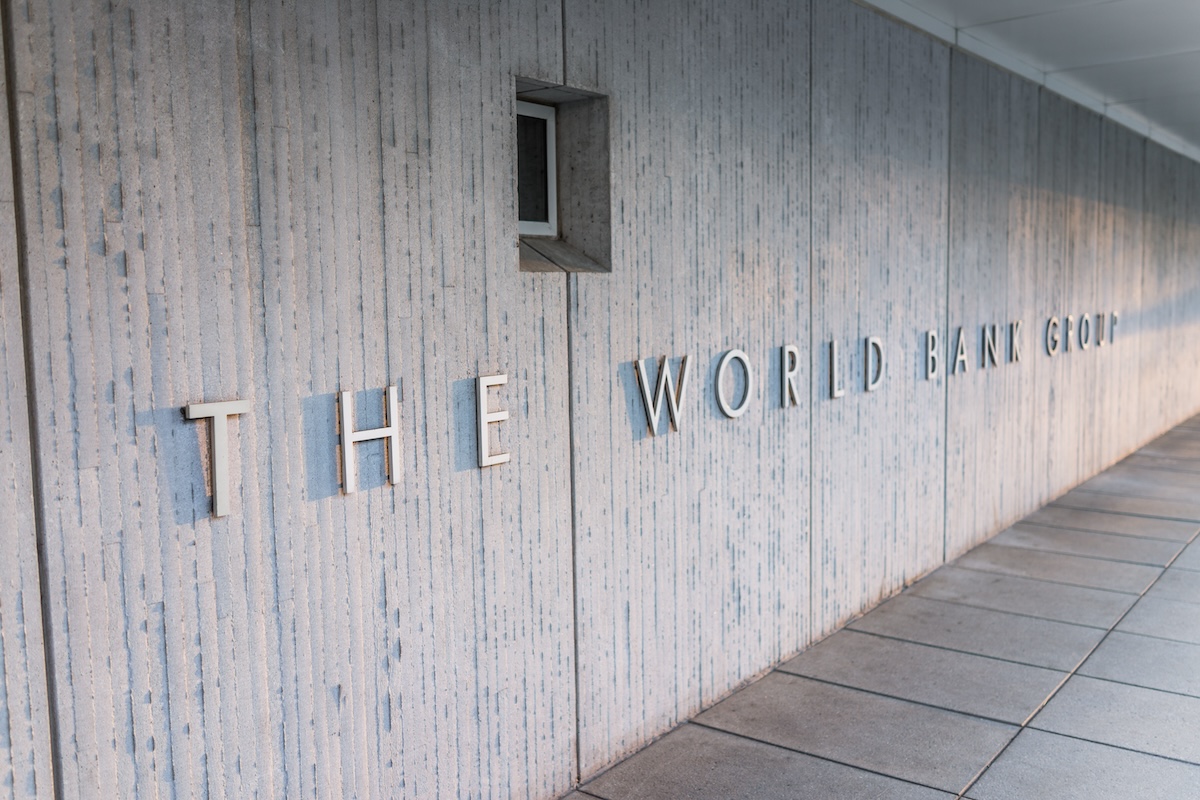Denizens of Climate World are gearing up for the “Climate Summit” being hosted by UN Secretary General Ban Ki Moon in New York on September 23rd. The Summit is designed to elicit “bold commitments to action” from leaders of government, business, finance, and civil society in eight areas deemed critical for avoiding catastrophic climate change. A new CGD Working Paper touches on two of those areas, illuminating the current state of play and the need for greater ambition.
The F-words: forests and finance
Two of the eight areas singled out for action plans and deliverables at the Summit are the two F-words: forests and finance. According to the Summit website:
One vital goal for the Summit is to advance commitments made by all relevant partners – including developing and developed countries and financial institutions – to REDD+ (Reducing Emissions from Deforestation and Forest Degradation, including through conservation, the sustainable management of forests and the enhancement of forest carbon stocks). Tropical forest countries are being urged to present priority actions for deforestation and forest restoration in their statements at the Summit, even if these actions are conditional on international support. Advanced economies are being urged to include financial incentives for REDD+ in their post-2020 climate change commitments, which could inform and catalyse action on REDD+ policy decisions and financing in 2015.
For the finance area, “The Secretary-General is encouraging Governments to announce their contributions to the initial capitalization of the Green Climate Fund”, which is expected to eventually become an important vehicle for REDD+ finance.
How are we doing so far?
The run-up to the Summit is a good time to ask: How are we doing so far in mobilizing finance for reducing emissions from deforestation and degradation? A new CGD Working Paper by Marigold Norman and Smita Nakhooda of the Overseas Development Institute (ODI) runs the numbers. The paper provides a wealth of charts and graphs analysing flows of international REDD+ finance to date by source, destination, vehicle, timing, stage of disbursement, and other factors that draw back the curtain on the current landscape of funding for forests and climate change.
A few highlights:
-
Aggregate pledges and investments from both the public and private sectors are estimated to be more than US$8.7 billion for the period between 2006 and March 2014. While the authors deem this amount to be “significant”, it’s not so different from the $8 billion pledged for the World Bank/FAO Tropical Forestry Action Plan way back in1985. It’s also far short of the minimum $15 billion needed every year that several analyses have estimated would be necessary to cut emissions from tropical deforestation in half.
-
While there are more than 20 REDD+ donors and 80 recipient countries, financial flows are relatively concentrated. Norway, the US, Germany, Japan and the UK provide 75% of identified funding with ten countries receiving the majority of finance. Indonesia and Brazil together receive 40% of allocated funding.
-
Two-thirds of this finance was pledged between 2006 and 2010 and has since slowed. Following the failure to reach an overall climate agreement in Copenhagen, political momentum behind REDD+ has waned, and the global economic crisis has reduced political appetite in rich countries for international spending.
-
Almost 90% of REDD+ finance identified comes from the public sector, with bilateral programs representing the largest sources of finance for REDD+. Thus current REDD+ finance is vulnerable to further austerity measures in rich countries, as well as to getting bogged down in the rules and procedures of development aid.
-
Even though a key feature of REDD+ is supposed to be performance-based finance, only 39% of public sector finance has been pledged as ex-post payments based on results. And because even those programmes do not always pay for verified emissions from reduced deforestation, it is likely that a significantly more than 61% of the finance pledged to date is focussed on capacity-building and other “readiness” activities.
A time for change
These numbers paint a picture of REDD+ finance that is too small, too slow, too public-sector dependent, too concentrated, and not sufficiently performance-based to provide incentives for tropical forest countries commensurate with the hard work of reducing deforestation.
Here’s hoping that the dignitaries gathering in New York will signal that this situation is about to change.
CGD blog posts reflect the views of the authors, drawing on prior research and experience in their areas of expertise.
CGD is a nonpartisan, independent organization and does not take institutional positions.





